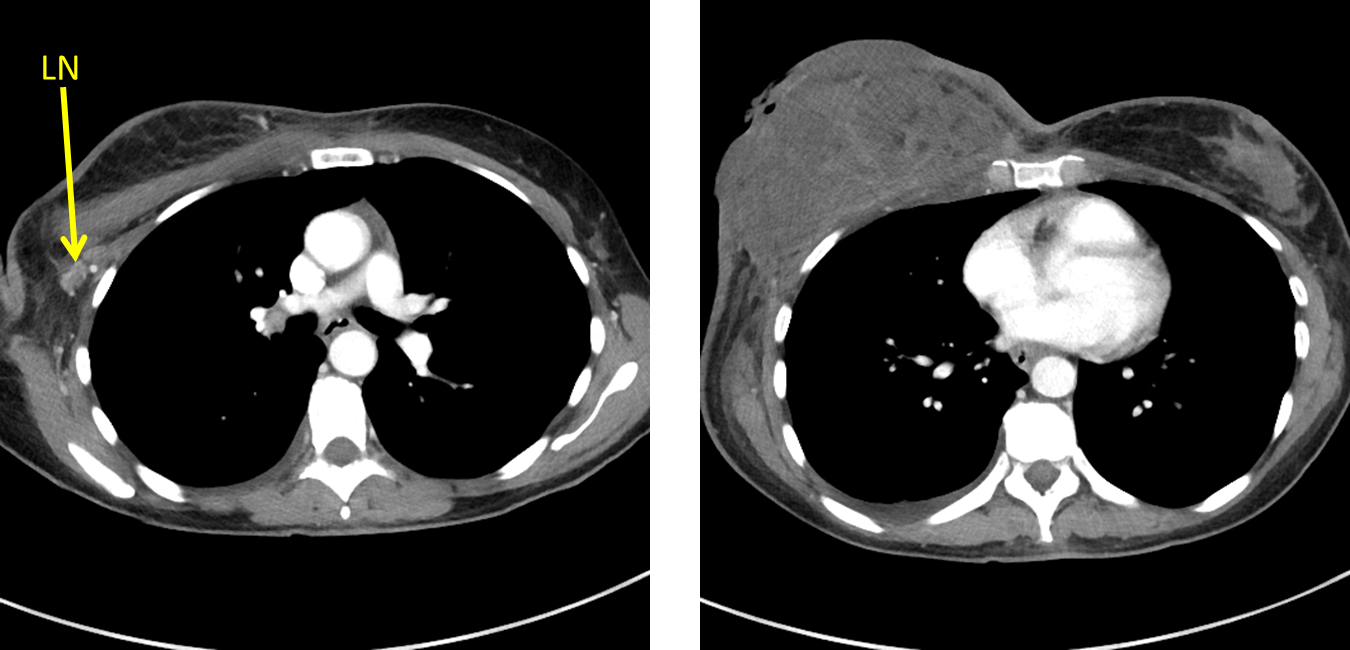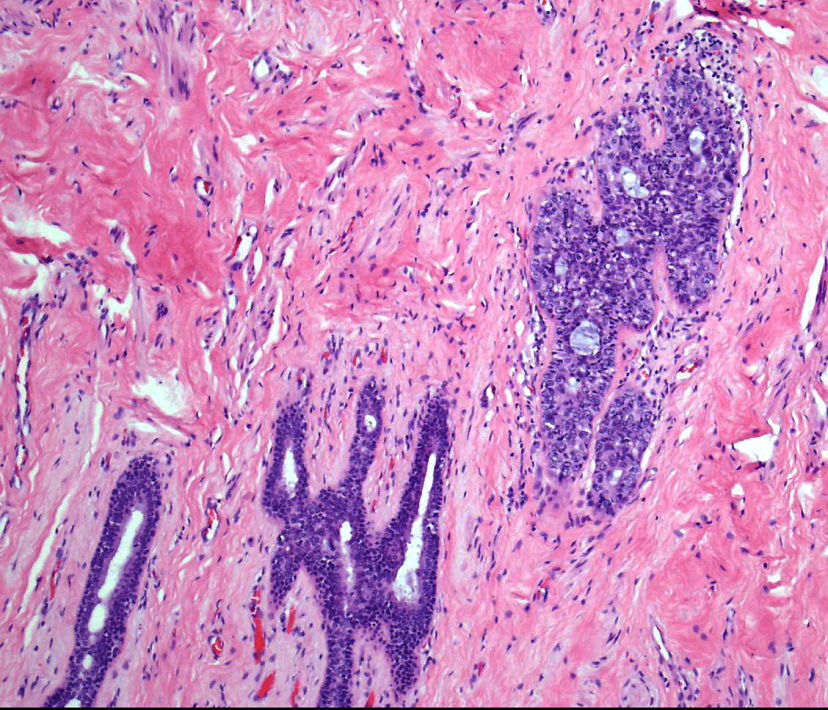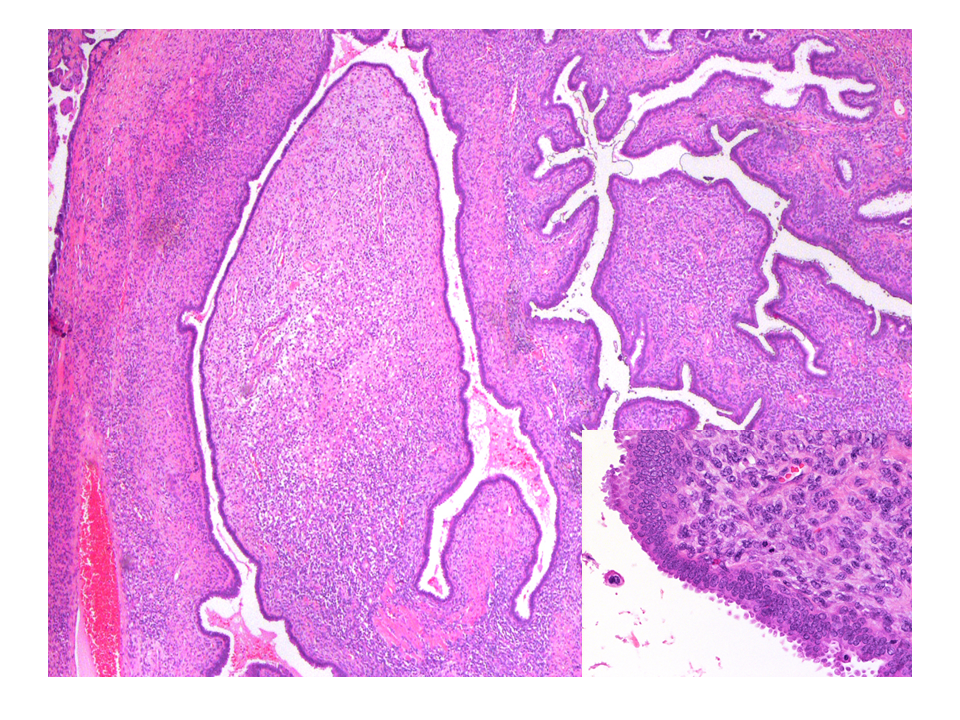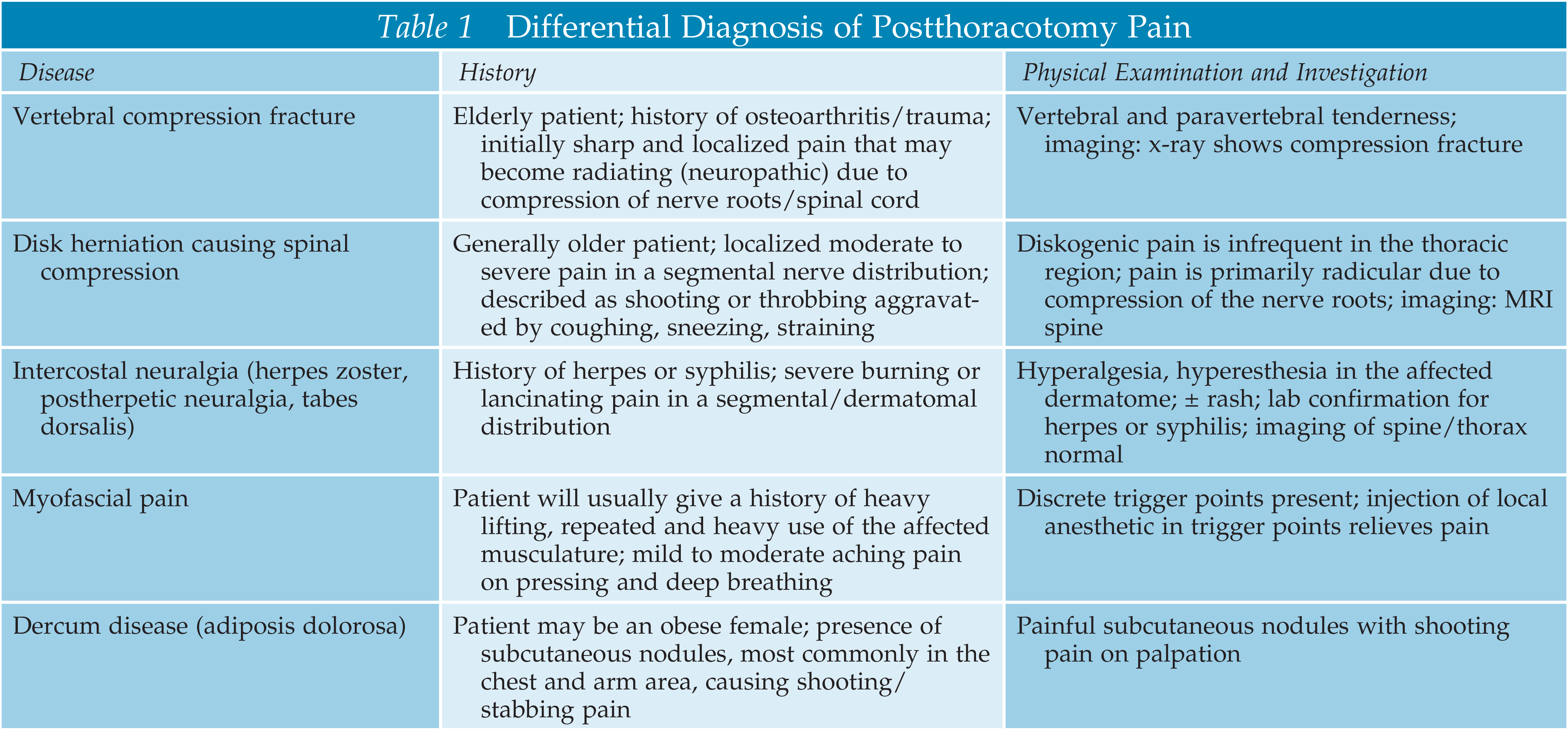Squamous Cell Carcinoma: Epidemiology, Risk Factors, and Treatment Options
- Risk factors for patients at risk for developing multiple squamous cell skin cancers include exposure to UV solar radiation, long-term immunosuppression, exposure to ionizing radiation, and certain genetic disorders
- Treatment modalities can be divided into surgical and nonsurgical therapies, although surgical therapy is generally the mainstay of treatment
- Treatment options should be stratified for low- and high-risk SCC. Primary treatment options for low-risk SCC include (1) curettage and electrodesiccation, (2) excision with postoperative margin assessment (POMA) with 4 to 6 mm margins, and (3) radiation therapy (RT) for nonsurgical candidates. Options for high-risk SCC lesions include (1) Mohs surgery or resection with complete circumferential peripheral and deep margin assessment, (2) excision with POMA with wider surgical margins and primary or delayed repair, and (3) RT for nonsurgical candidates









.png)







